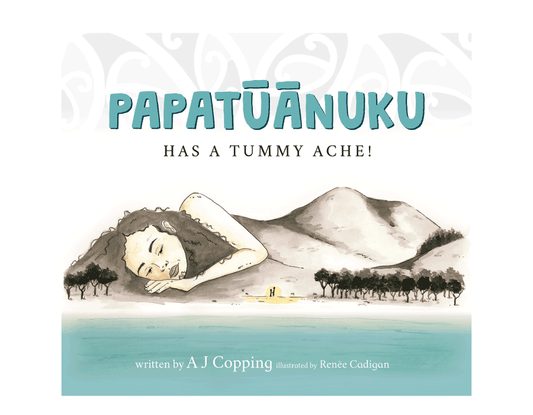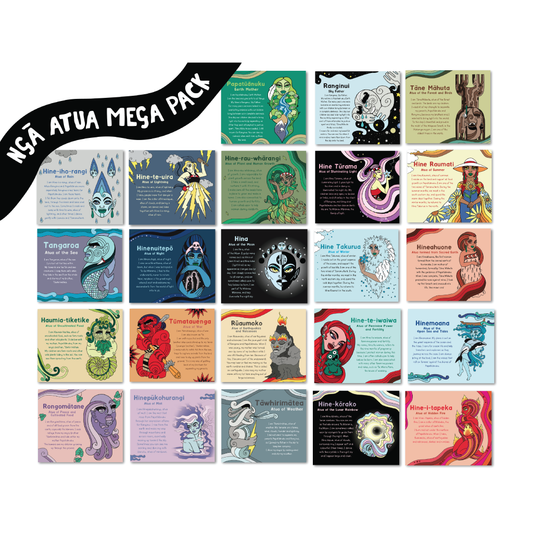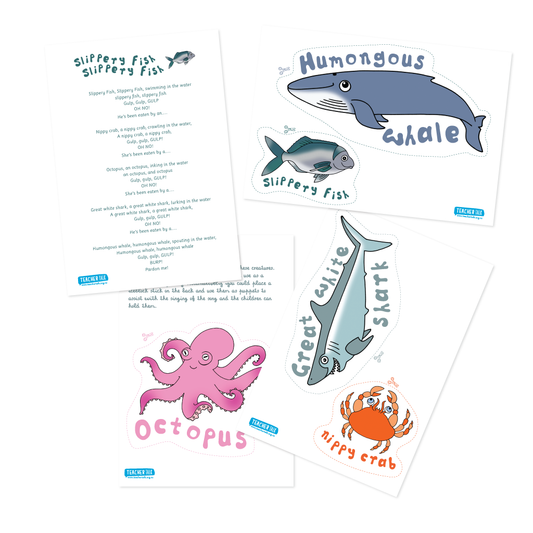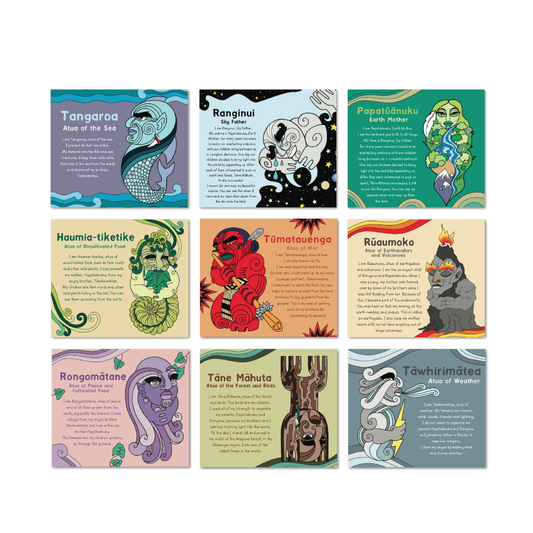In early childhood, emotions run deep. A scraped knee, a missed turn, a heartfelt hug — everything feels big when you’re little. Helping tamariki learn to understand, express, and manage those big feelings is one of the most powerful things we can do as kaiako. When we give children the tools to name and navigate their emotions, we’re setting them up for a lifetime of healthy relationships, resilience, and self-awareness.
Helping tamariki name and understand their emotions encourages a firm foundation for empathy, and strong social skills. When kaiako weave emotional learning into everyday moments, tamariki learn to manage big feelings, connect with others, and express themselves in positive ways. So? How can we, as kaiako support our youngest learners with their big feelings? Here are some kaiako-friendly ways to bring emotional learning into everyday moments:
⸻
Name Emotions in the Moment
Use real-time situations to name emotions with simple language.
For example:
• “You look frustrated. Was it hard when the tower fell down?”
• “I can see you’re feeling really excited about our trip to the library!”
This helps tamariki connect the physical sensations they feel with emotional language. Over time, they’ll begin to use the words themselves.
⸻
Use Visuals and Stories
Young children are visual learners. Try:
• Emotion faces charts to support naming and recognising emotions.
• Puppets or dolls to act out emotional situations in a safe, playful way.
• Picture books that explore feelings — tamariki love relating to characters who feel just like them!
💡 Check out our Feelings and Emotions Stories — perfect for helping tamariki match facial expressions to emotions.
⸻
Model Emotional Language
Kaiako are powerful role models. Talk about your own emotions in ways that show it’s okay to feel:
• “I’m feeling a little tired today, so I’m going to take some deep breaths before we tidy up.”
• “I felt really happy when you shared your toy with your friend.”
⸻
Encourage Tamariki to Tune In to Others
Prompt tamariki to notice how others might be feeling:
• “How do you think she feels when she’s crying?”
• “His face looks a bit grumpy — what do you think happened?”
You can build this into your everyday practice — during group times, while reading books, or after social interactions.
🌟 Try our Bilingual Emotion Cards — they’re great conversation starters and help children think beyond their own perspective. A great way to associate facial expressions with their emotions.
⸻
Create Calm-Down Spaces
Having a cosy, safe space for tamariki to take a break when they’re feeling overwhelmed teaches emotional regulation. Include soft cushions, calming visuals, and some emotion-based resources like:
• Breathing prompts
• Soft toys or fidget tools
• Visual reminders like “I can take 3 deep breaths” or “I feel ___ right now”
🧘 Explore our TeacherTalk rauemi for calming strategies and visual tools.
⸻
Bringing It All Together
When we honour tamariki emotions, we show them that all feelings are welcome — it’s what we do with those feelings that matters. Teaching emotional literacy isn’t a one-off activity — it’s woven into everyday moments, every story shared, every hug given, every time we pause to listen.
When tamariki have big feelings, they’re not doing something wrong — they’re showing us they need help to understand and manage what they’re feeling. These moments are powerful chances to guide, model, and support emotional growth.
He aroha whakatō, he aroha ka puta mai.
“If kindness is sown, then kindness you shall receive.”




